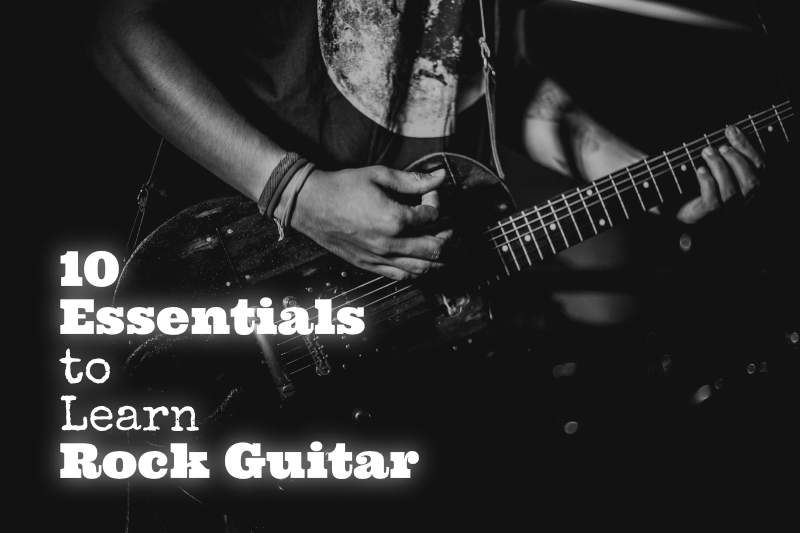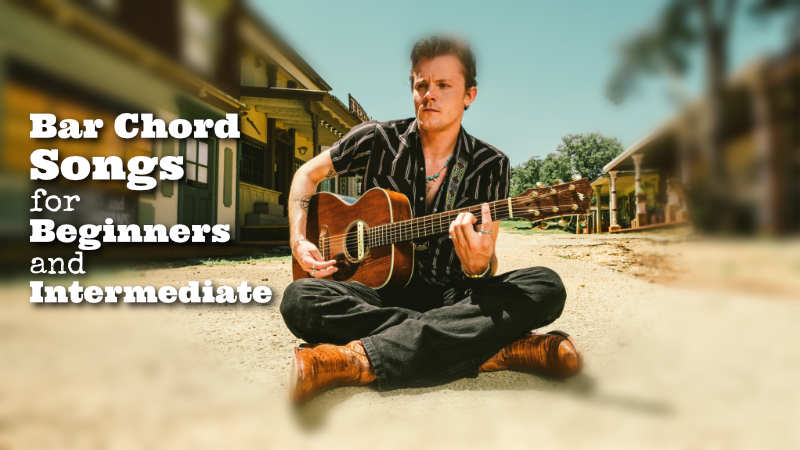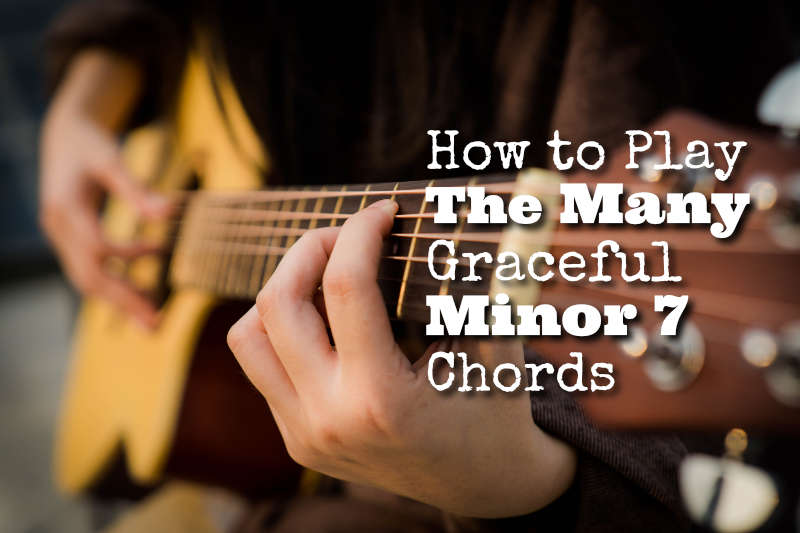
Rock guitar has an irresistible attractive force to guitar players . The dopamine that releases from strumming power chords that are heavily distorted or conquering a great rock solo while playing it along with the original song, a jam track or with a real band gives you that primal, powerful, and godlike blissful feeling all at the same time.
There is an abundance of creativity in rock music and there are so many different styles, genres and techniques, you can dedicate your whole life time learning rock guitar, but if you know two power chords you’re in the game.
It’s an endless source of fun and inspiration you can indulge in. So what do you need to know to learn rock guitar? What is essential to study and master to become a real rock guitar player?
Here are the keys:
1 – Power chords
Power chords are rock chords that you need in order to play rock songs. They are your basic building tools for rhythm rock guitar and super useful when it comes to playing with distortion. Power chords give you control over your distorted sound without turning it into noise and going all over the place. You do this by playing only the root and fifth note of the major scale. Power chords are fairly easy to play and are great motivator for beginner rock guitar players.
2 – Learn one rock song at a time
This is a no brainer, but by learning to play rock songs you learn to play rock guitar. It’s the songs that make you learn the skill. Learn to listen to the overal song, then just the guitars, the drums, the bass, and the keys. Listen and learn to play it piece by piece. First the intro, then the verse, the chorus, the bridge, etc. Start with easy rock songs and work your way up. Here are some of the best tools to figure out guitar songs and solos. Songs are the key to learning the craft.
3 – Learn rock guitar solos
Rock guitar solos are the best. Just like songs, soloing skills are learned by learning solos and transcribing solos. You start with the easy ones and gradually build your way up to the more challenging ones. You’ve got to take it step by step.
4 – Guitars, amps and pedals
The sound is an important aspect of rock guitar. The use of distortion and overdrive through amps, rock pedals and guitars is the way for rock musicians to create that dirty explosive sound and express their musical creativity. It’s a vital part of rock music. There are many different kinds of distortions and overdrives and depending on your style of music and personal taste you will find through experimenting what sound suits your needs.
5 – Rock licks.
Licks are short melodic ideas, which can seen as the words, phrases and lines that make up part of the story and the style, to bring tension and release, and can be used for your solo. You can string them together or use them as short fills throughout the song. Licks are also used to learn new techniques and soloing approaches. Collect as much cool licks as you can and learn how to express yourself in unlimited musical ways.
Continue Reading



